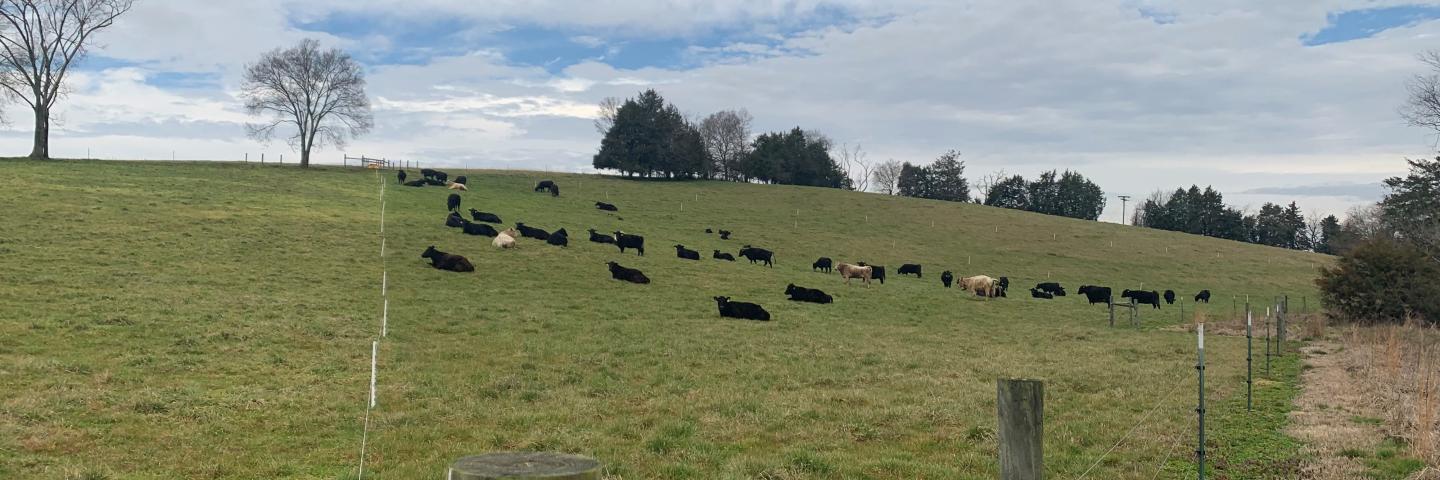
As a landowner or farm operator, you face many decisions when managing the natural resources on your land. When it comes to improving your pastureland, good management and the right conservation practices makes it possible to have lush, green pastures, clean water, and healthy animals.
Pasture management is managing the forages grazed and/or browsed by livestock by maintaining cover, providing adequate rest after grazing, and using stop-grazing heights to maintain live green leaves during the growing season. Good management also includes following the recommended stock density rate and rotating based on forage availability and livestock nutrition needs. Well-managed pastures not only provide food for your animals, they absorb rainfall, filter runoff, and reduce erosion.
Following a grazing management plan can improve nutrient cycling and increase soil organic matter, which can make your pasture more drought resistant. Other benefits often include a longer grazing season, greater forage production, and a more nutritious food source that improves animal health, milk production and weight gain.
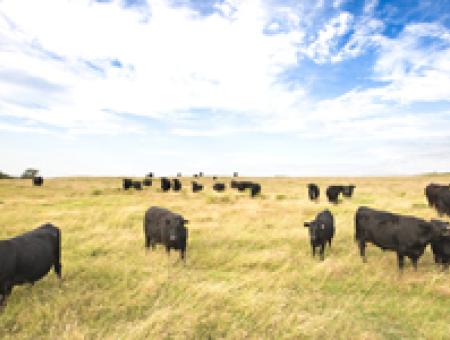
Grazing Lands Conservation Initiative
The Grazing Lands Conservation Initiative in Tennessee was developed as a coordinated effort to identify priority issues, find solutions, and effect change on private grazing land, enhancing existing conservation programs.
Common Indiana Grazing Practices
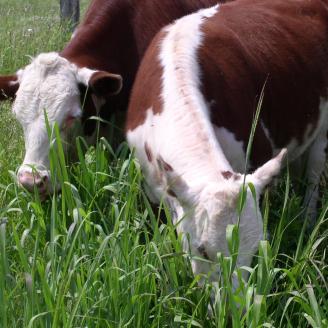
Prescribed Grazing
The management of forages by moving animals using a stop-grazing height and providing adequate rest for plants.
Benefits include:
- Improves or maintains species composition and vigor of plant communities.
- Increases quantity and quality of forage for animal health and productivity.
- Improves infiltration and surface water quality.
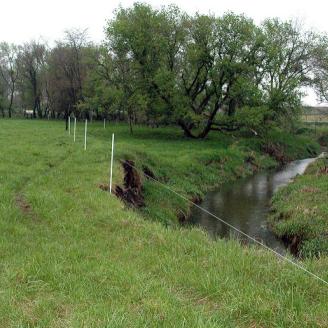
Access Control
Limiting or preventing livestock access to sensitive areas such as streams, ponds, wetlands, and forests. This practice includes fence.
Benefits include:
- Contains and controls livestock movement.
- Protects sensitive areas from grazing livestock,
and eliminates access to unsafe or unstable
areas. - Protects, maintains, and/or improves the quantity and quality of natural resources in an area.
- Protects and maintains vegetation that is often essential to conserving other natural resources.
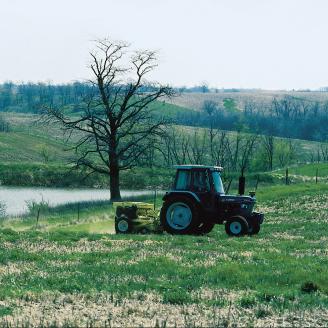
Forage Planting
Establishing adapted and/ or compatible forage species suitable for pasture, hay or biomass production.
Benefits include:
- Improves forage quality and diversity.
- Reduces soil erosion while improving soil health and water quality.
- Improves infiltration and organic matter in the soil as plants recycle.
Heavy Use Area Protection
Stabilizing areas that are frequently used by livestock.
Benefits include:
- Provides a stable, non-eroding surface for areas frequently used by animals, people or vehicles.
- Protects or improves water quality when properly located.
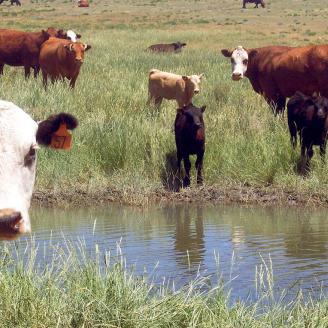
Water Facilities and Pipeline
Permanent or portable water source to provide adequate water for the grazing system.
Benefits include:
- Supplies daily water requirements.
- Improves animal distribution and reduces walking distance.
- Provides an alternative water source to protect a sensitive resource, such as stream or pond.
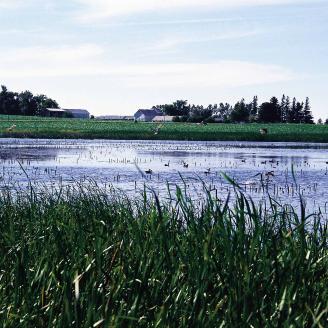
Water Sources
Provides access to water where it is not available such as wells, ponds and spring developments.
Benefits include:
- A clean source of water.
- A source of water for more than one area.
- Good water distribution that improves grazing and animal health.

Stream Crossings
A stabilized area or structure constructed across a stream to provide a travel way for livestock, equipment, or vehicles.
Benefits include:
- Provides access to another land unit.
- Improves water quality by reducing sediment and nutrient loading of the stream.
- Reduces streambank and streambed erosion.
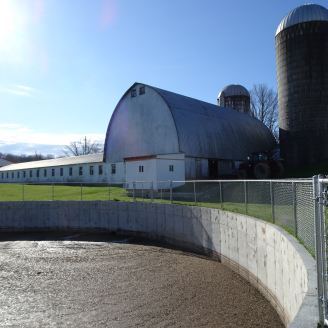
Waste Storage Facility
An agricultural waste storage impoundment or containment made by constructing an embankment, excavating a pit or dugout, or by fabricating a structure.
Benefits include:
- Protects water quality by preventing runoff from livestock operations.
- Cuts fertilizer costs and reduces nutrient losses.
- Allows for field application.


